The following calculation graphic can provide an initial clue for positioning your project. Your ventilation engineer can provide you with precise results based on your specific project. Appropriate documents and calculation tools are provided in certification training courses.
In principle, the following rule of thumb can be adopted:
Central positioning (location A on graph)
Controlled living room ventilation, smaller objects
A PURVECTOR is installed right after the ventilation system, central for all ventilation lines
Decentralized positioning (location B on graph)
Medium objects
Several PURVECTORS, each in front of several outlets or ventilation duct diverter installed decentrally
Arrangement in front of every single outlet
Large-scale projects
Of course, the locations can be combined. There is no overlay of PURVECTION that would resolve or limit performance. installation options
Purvectors can be easily and safely installed in any existing and new ventilation system without switching off or disrupting ventilation operations. The most effective installation option for large rooms is direct positioning in front of the ventilation outlets (position C). Flow tests have shown that correctly positioned and dimensioned swirl outlets (sources of supply) ensure the best efficiencies for general well-being and optimal purvection.
In smaller rooms, a Purvector can also be used to operate several outlets (position B). For example, the Purvector can be positioned in front of several outlets on the same channel or in front of a channel branch that serves different rooms. For smaller properties or residential buildings, the Purvector can also be positioned centrally (position A) with controlled comfort ventilation.

Technology
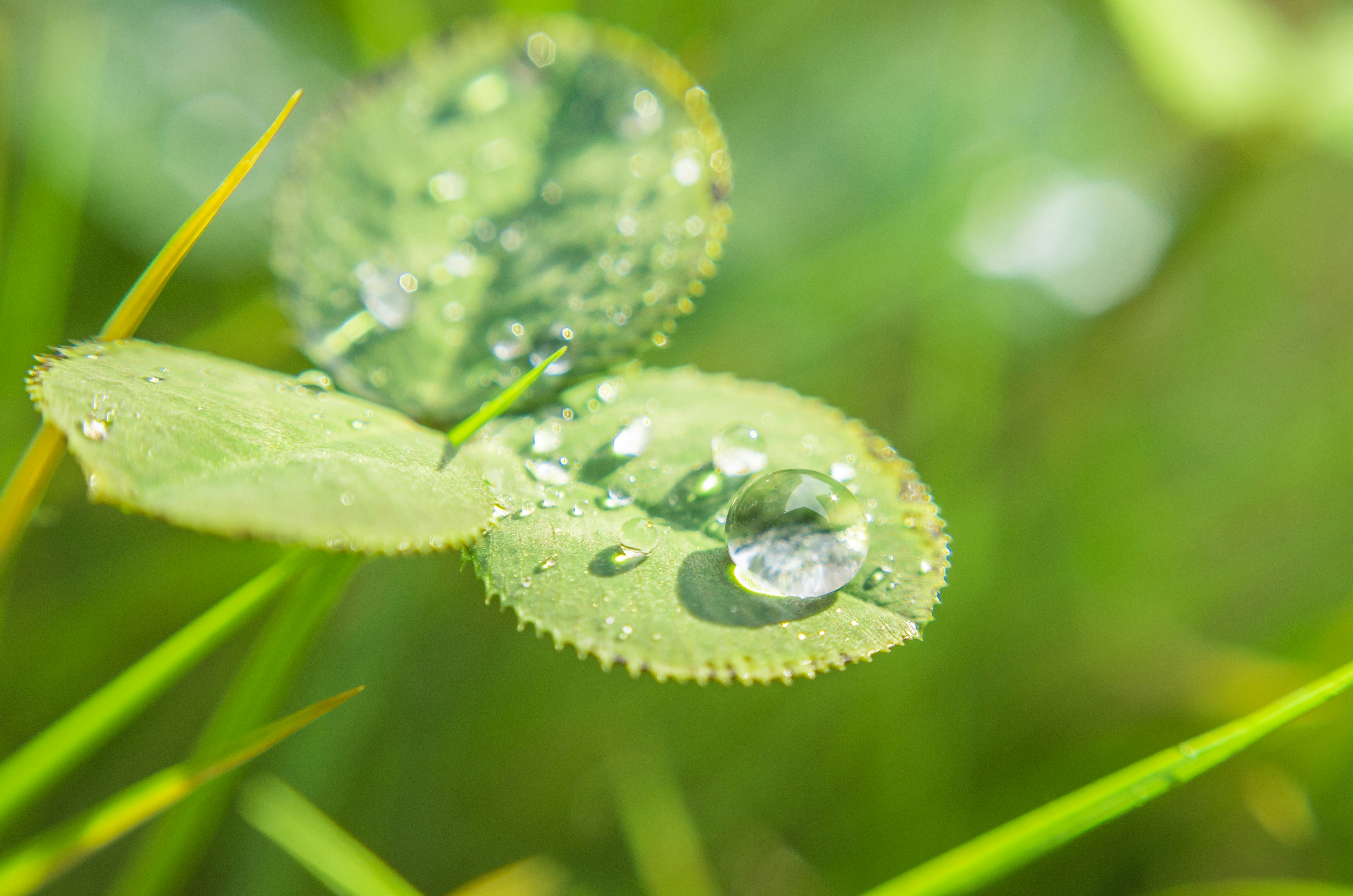
100%
natural
Definition general
In microbiology, germs are microorganisms that can trigger diseases. These are bacteria, fungi, and viruses.
Purvect note
Purvection of indoor air protects against pathogens such as bacteria, viruses and fungi, with a scientifically proven effectiveness of 0.01% (the Fraunhofer Institute's measuring device measures precisely 2 places after the coma).
Used Phi 6 surrogate viruses in the SARS-CoV-2 tests. When reducing germs through purvectorization, the size and mutation of bacteria and viruses is irrelevant. The germs are neutralized, which means that they become inactive, so that these germs are no longer pathogenic. This neutralization of germs is not limited in time but, once triggered, is irreversibly inactive and is never a pathogen again.
Definition of residential toxins
PURVECT AIR protects against pollutants and living toxins, as they occur or may occur in building materials, furnishings and household items. PURVECT AIR neutralizes these pollutants, such as carcinogenic formaldehyde adhesives and the like. Not every chemical compound is equally completely neutralized. The neutralizing effect of biological pollutants is extremely high. For synthetic compounds, the degree of protection is greater than 50%. The list of reduction rates of chemical compounds is constantly being updated.
Definition of foreign odors
PURVECT AIR neutralizes various foreign odors, regardless of the source of these odors. Whether of organic, biological or synthetic origin. From kitchen, bathroom, smoking lounge or building materials, furniture or mold. PURVECT AIR effectively, safely and sustainably neutralizes unpleasant sweat odors that can occur during and after exercise
Definition of room air design
PURVECT AIR neutralizes pollutants in indoor air. Regardless of whether the room air is polluted by unpleasant odors or pollutants or both, Purvection neutralizes the existing room air so that the room air can be scented subtly and harmoniously according to your individual wishes. And this with far lower fragrance consumption than with conventional room scents. Your fragrance creation is distributed much more effectively, subtly and harmoniously. Discomfort, headaches and other symptoms are “a thing of the past” in this way, as no pollutants pollute the room air and therefore also sensitive users. Better than fresh air. PURVECT AIR offers a comprehensive range of PURVECT diffusers and room creations. Individual requests for your own olfactory branding can also be fulfilled.
Purvection explained - Nature as an inspiration.
Nature as a role model
Water binds dust.
Filters absorb dust.
The purifying power of raindrops
Our nature is a marvel. It purifies outdoor air. Rain, for example, traps larger particulate matter (PM10, >2.5 um) through direct contact, while drops fall through the air. This happens through impact, in which particles collide with droplets, and through interception, where particles are captured from the droplet surface.
Bring this fresh and healthy outdoor air to your home, to work or wherever you want healthy, fresh air that protects against illness.
How Purvection works:
Purvection enthalpy — a natural form of energy.
Purvection uses the natural energy of water molecule agglomerates to physically neutralize indoor air pollution — dynamically, efficiently and without residues.
The number, size and density of raindrops (symbolically), or of the water molecules present in the air — i.e. their agglomeration structure — represent central Purvection parameters. The desired effect in airflow can only be achieved if the configuration is optimal.
Purvection enthalpy is present on the back of a real raindrop in nature.
The principle: Energetic neutralization through molecular agglomeration of water molecules
Enthalpy of hydration is caused by the ion-water molecule interaction.
The enthalpy of hydration is different; the enthalpy of purvection is precisely defined in terms of quantity, size and energy.
These activated agglomerations transport their energy potential over longer distances in airflow. When this enthalpy of purvection hits a target particle (e.g. pollutants, aerosols or germs), energy neutralization takes place immediately.
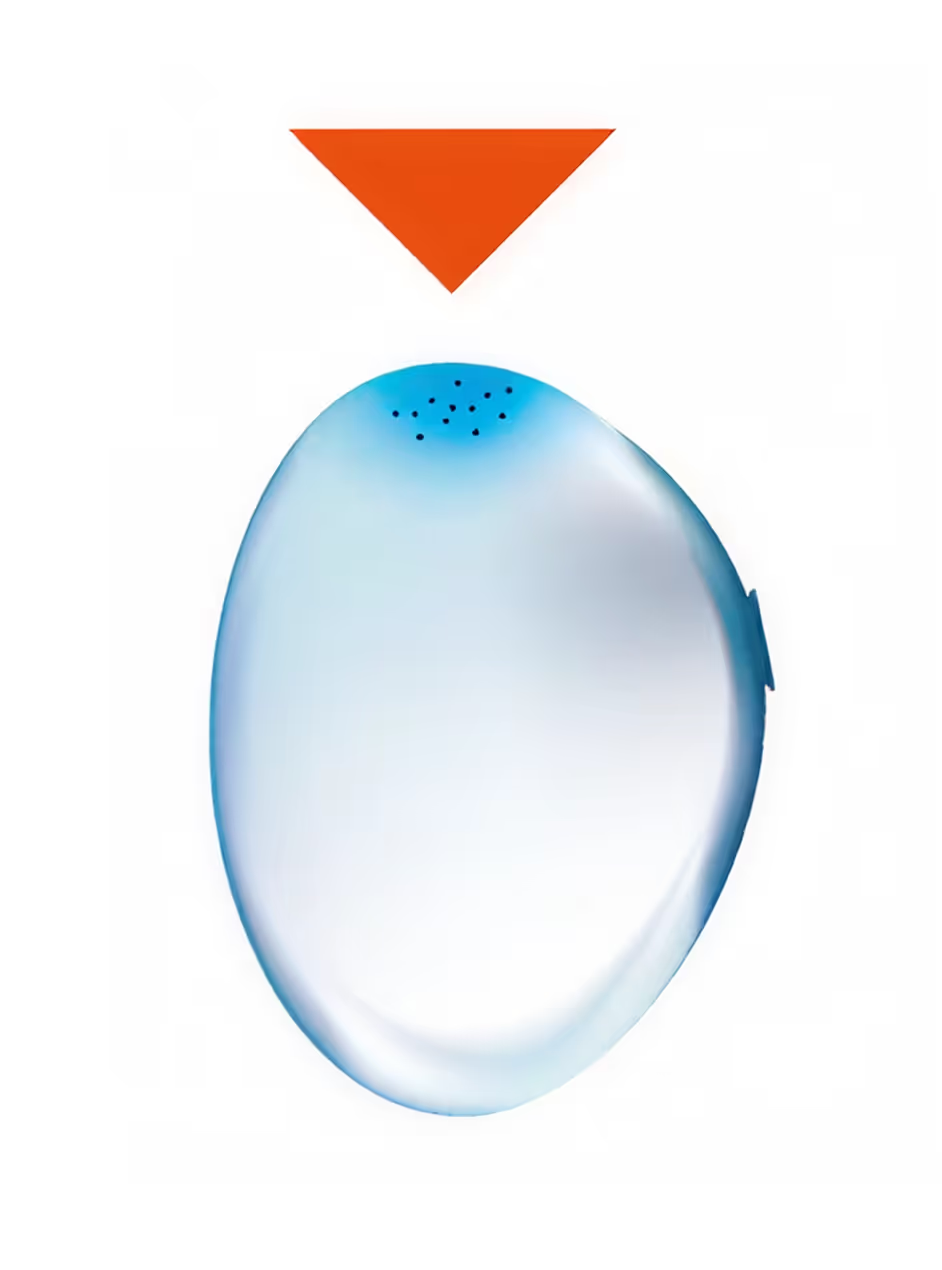
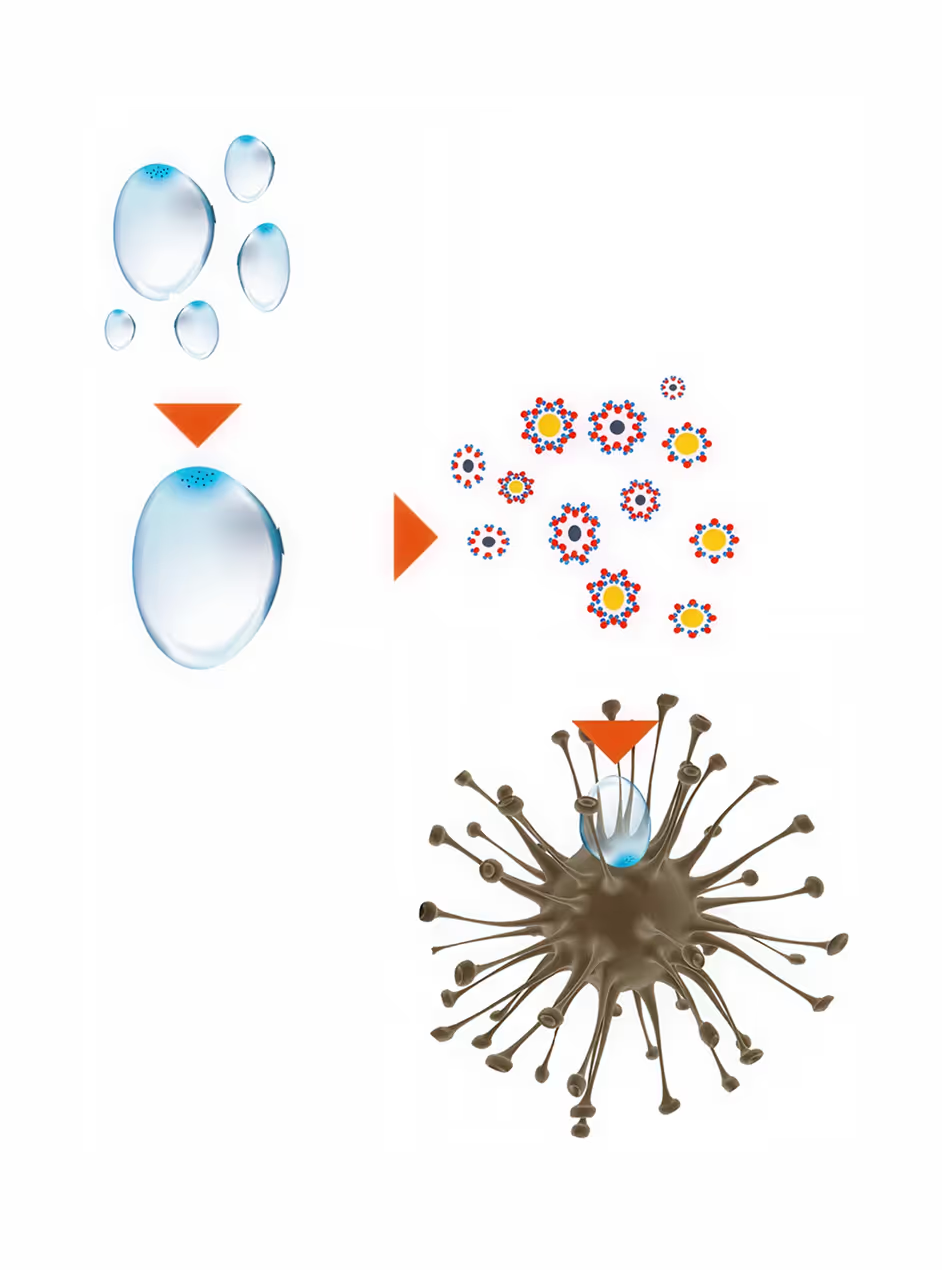
Definition general
In microbiology, germs are microorganisms that can trigger diseases. These are bacteria, fungi, and viruses.
Purvect note
Purvection of indoor air protects against pathogens such as bacteria, viruses and fungi, with a scientifically proven effectiveness of 0.01% (the Fraunhofer Institute's measuring device measures precisely 2 places after the coma).
Used Phi 6 surrogate viruses in the SARS-CoV-2 tests. When reducing germs through purvectorization, the size and mutation of bacteria and viruses is irrelevant. The germs are neutralized, which means that they become inactive, so that these germs are no longer pathogenic. This neutralization of germs is not limited in time but, once triggered, is irreversibly inactive and is never a pathogen again.
Definition of residential toxins
PURVECT AIR protects against pollutants and living toxins, as they occur or may occur in building materials, furnishings and household items. PURVECT AIR neutralizes these pollutants, such as carcinogenic formaldehyde adhesives and the like. Not every chemical compound is equally completely neutralized. The neutralizing effect of biological pollutants is extremely high. For synthetic compounds, the degree of protection is greater than 50%. The list of reduction rates of chemical compounds is constantly being updated.
Definition of foreign odors
PURVECT AIR neutralizes various foreign odors, regardless of the source of these odors. Whether of organic, biological or synthetic origin. From kitchen, bathroom, smoking lounge or building materials, furniture or mold. PURVECT AIR effectively, safely and sustainably neutralizes unpleasant sweat odors that can occur during and after exercise
Definition of room air design
PURVECT AIR neutralizes pollutants in indoor air. Regardless of whether the room air is polluted by unpleasant odors or pollutants or both, Purvection neutralizes the existing room air so that the room air can be scented subtly and harmoniously according to your individual wishes. And this with far lower fragrance consumption than with conventional room scents. Your fragrance creation is distributed much more effectively, subtly and harmoniously. Discomfort, headaches and other symptoms are “a thing of the past” in this way, as no pollutants pollute the room air and therefore also sensitive users. Better than fresh air. PURVECT AIR offers a comprehensive range of PURVECT diffusers and room creations. Individual requests for your own olfactory branding can also be fulfilled.
Experience the power of the hybrid POWERS — Filter + PURVECTOR for maximum indoor air quality.
Filter technology alone is not enough.
Current state of the art
Traditional filter solutions such as G4, F7 or HEPA are proven technologies when it comes to removing dust, pollen or larger particles from the air. They ensure that many pollutants and allergens are reliably intercepted — and are therefore an important part of modern ventilation systems.
However, filters also have their limits (see graph):
- They don't remove viruses or bacteria that float in tiny aerosols.
- They have to be changed regularly, which means additional costs and effort.
- When air flow is high, the pressure loss increases, which reduces energy efficiency.
In addition to the graph: The terms G4 and F7 for air filters come from the EN 779 standard, which has not been valid since 2018, and have been replaced by the ISO 16890 standard. G4 corresponds to the current ISO Coarse-class >60%, F7 corresponds to the class EPM₂.5 >65%. However, they have become so established in technical jargon that they continue to be used.
The interplay is therefore ideal:
- Filter (G4, F7, or HEPA): Capture coarse particles, dust, and allergens.
- PURVECTOR: Neutralizes pathogens that are not stopped by filters and supplements the air with positive particles, which are absorbed by the filters.
The result: clean, safe and healthy air — both for everyday use in homes and offices as well as in areas with particularly high requirements such as healthcare facilities or public transport.
Definition general
In microbiology, germs are microorganisms that can trigger diseases. These are bacteria, fungi, and viruses.
Purvect note
Purvection of indoor air protects against pathogens such as bacteria, viruses and fungi, with a scientifically proven effectiveness of 0.01% (the Fraunhofer Institute's measuring device measures precisely 2 places after the coma).
Used Phi 6 surrogate viruses in the SARS-CoV-2 tests. When reducing germs through purvectorization, the size and mutation of bacteria and viruses is irrelevant. The germs are neutralized, which means that they become inactive, so that these germs are no longer pathogenic. This neutralization of germs is not limited in time but, once triggered, is irreversibly inactive and is never a pathogen again.
Definition of residential toxins
PURVECT AIR protects against pollutants and living toxins, as they occur or may occur in building materials, furnishings and household items. PURVECT AIR neutralizes these pollutants, such as carcinogenic formaldehyde adhesives and the like. Not every chemical compound is equally completely neutralized. The neutralizing effect of biological pollutants is extremely high. For synthetic compounds, the degree of protection is greater than 50%. The list of reduction rates of chemical compounds is constantly being updated.
Definition of foreign odors
PURVECT AIR neutralizes various foreign odors, regardless of the source of these odors. Whether of organic, biological or synthetic origin. From kitchen, bathroom, smoking lounge or building materials, furniture or mold. PURVECT AIR effectively, safely and sustainably neutralizes unpleasant sweat odors that can occur during and after exercise
Definition of room air design
PURVECT AIR neutralizes pollutants in indoor air. Regardless of whether the room air is polluted by unpleasant odors or pollutants or both, Purvection neutralizes the existing room air so that the room air can be scented subtly and harmoniously according to your individual wishes. And this with far lower fragrance consumption than with conventional room scents. Your fragrance creation is distributed much more effectively, subtly and harmoniously. Discomfort, headaches and other symptoms are “a thing of the past” in this way, as no pollutants pollute the room air and therefore also sensitive users. Better than fresh air. PURVECT AIR offers a comprehensive range of PURVECT diffusers and room creations. Individual requests for your own olfactory branding can also be fulfilled.
Differentiation from existing technologies:
Filter technology
Principle of action:
Mechanically filters particles by size without inactivating pathogens.
Disadvantages:
Depending on maintenance, particle size, does not work against viruses, gases or odors (see graphic above)
Difference to PURVECT:
Purvection inactivates pathogens and reduces gaseous pollutants, which filters cannot do and thus supplements every filter, without any side effects.
UV-C radiation
Principle of action:
Destroys germs through irradiation, which requires sufficient residence time and dosage in the radiation area.
Disadvantages:
Self-contained effective area, meaning no direct effect in the room, but via air exchange rates with high energy consumption.
Difference to PURVECT:
Purvection works holistically in several areas of effect through precision and not through energy power, without ozone and material damage.
Ionization
Principle of action:
If particles are electrostatically charged, they are deposited on surfaces (clustering).
Disadvantages:
Often produces ozone and secondary gases (harmful to health), uncontrolled effects, static charges
Difference to PURVECT:
PURVECT AIR works ozone-free with targeted and controlled pathogen reactivation.
Purvection
Principle of action:
Uses purvection enthalpy to activate pathogens without side effects. Works directly where pathogens are spread.
CONCLUSION: PURVECTORS and filters complement each other perfectly.
Filters remove larger particles, while PURVECT AIR neutralizes viruses, bacteria and gases (up to 99.99% effectiveness), keeping ventilation lines cleaner. In contrast to UV-C and ionization, PURVECT AIR is not harmful to health and free from side effects.
3D interactive PURVECTOR - Find out what makes it unique.
01
02
03
04
05
06
07
08
09
10
Our effectiveness was tested at the Fraunhofer Institute in Stuttgart and compared with existing systems.
Test: Real environment simulation: classroom
Test results compared to other technologies
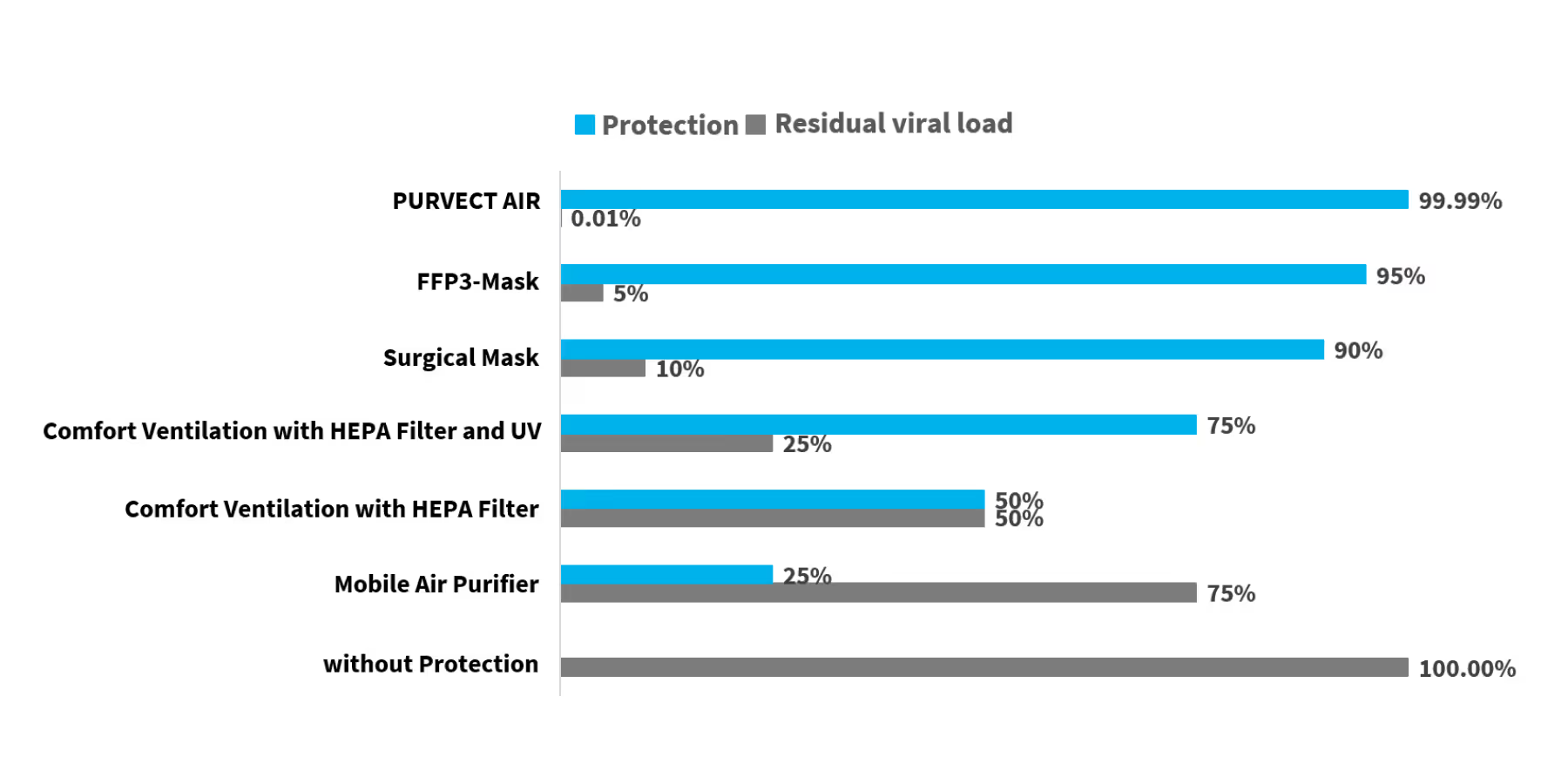
Everything you need to know about installation
PURVECT AIR offers first-time installation kits with a matching drill attachment. With a toolbox and drill, PURVECTORS are easy to install in 15-30 minutes. For expertise (correct location, performance, etc.), we recommend that an installation be carried out by a certified specialist.
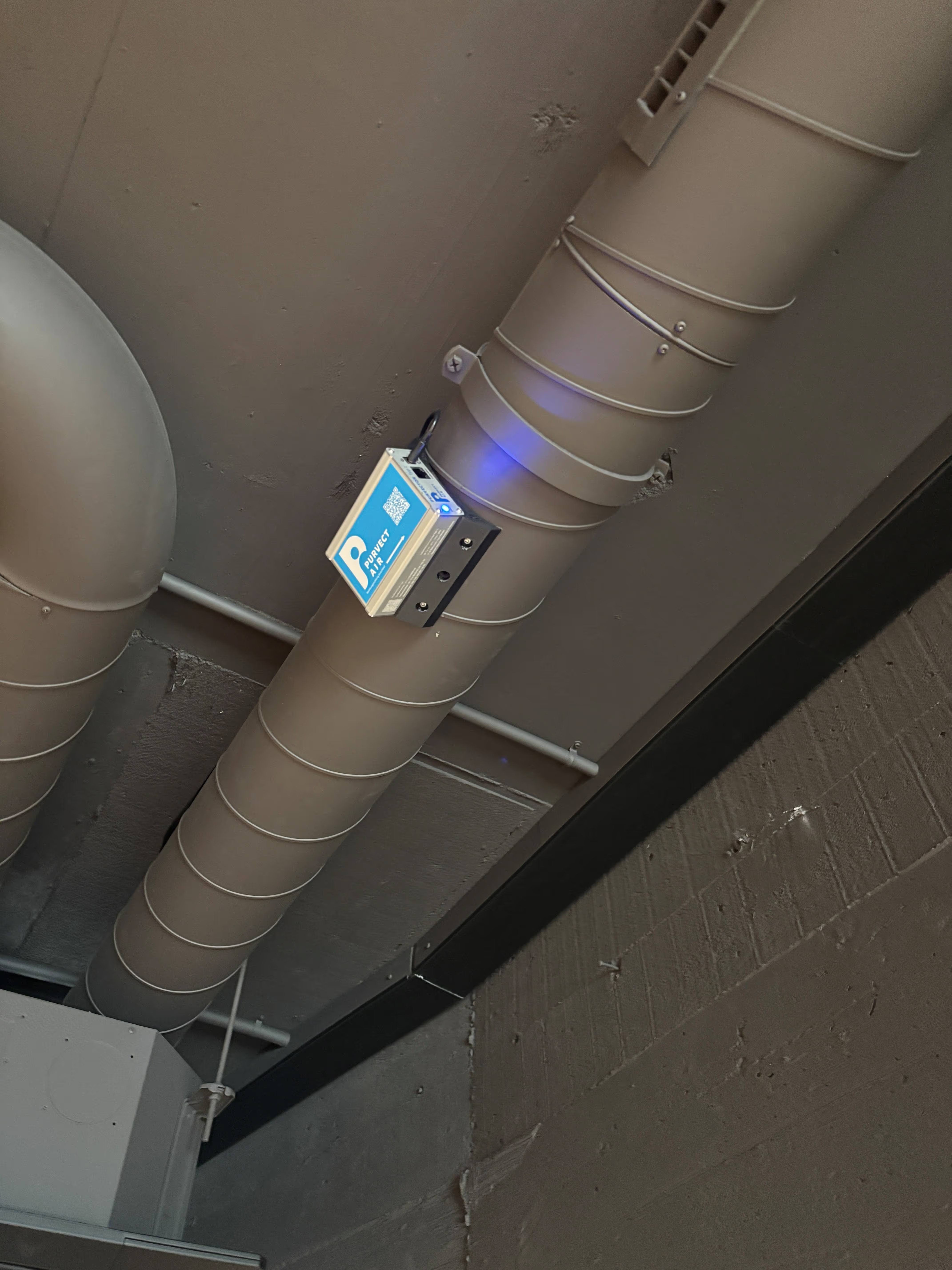

Classic ventilation system without PURVECTOR
Classic ventilation system

Definition general
In microbiology, germs are microorganisms that can trigger diseases. These are bacteria, fungi, and viruses.
Purvect note
Purvection of indoor air protects against pathogens such as bacteria, viruses and fungi, with a scientifically proven effectiveness of 0.01% (the Fraunhofer Institute's measuring device measures precisely 2 places after the coma).
Used Phi 6 surrogate viruses in the SARS-CoV-2 tests. When reducing germs through purvectorization, the size and mutation of bacteria and viruses is irrelevant. The germs are neutralized, which means that they become inactive, so that these germs are no longer pathogenic. This neutralization of germs is not limited in time but, once triggered, is irreversibly inactive and is never a pathogen again.
Definition of residential toxins
PURVECT AIR protects against pollutants and living toxins, as they occur or may occur in building materials, furnishings and household items. PURVECT AIR neutralizes these pollutants, such as carcinogenic formaldehyde adhesives and the like. Not every chemical compound is equally completely neutralized. The neutralizing effect of biological pollutants is extremely high. For synthetic compounds, the degree of protection is greater than 50%. The list of reduction rates of chemical compounds is constantly being updated.
Definition of foreign odors
PURVECT AIR neutralizes various foreign odors, regardless of the source of these odors. Whether of organic, biological or synthetic origin. From kitchen, bathroom, smoking lounge or building materials, furniture or mold. PURVECT AIR effectively, safely and sustainably neutralizes unpleasant sweat odors that can occur during and after exercise
Definition of room air design
PURVECT AIR neutralizes pollutants in indoor air. Regardless of whether the room air is polluted by unpleasant odors or pollutants or both, Purvection neutralizes the existing room air so that the room air can be scented subtly and harmoniously according to your individual wishes. And this with far lower fragrance consumption than with conventional room scents. Your fragrance creation is distributed much more effectively, subtly and harmoniously. Discomfort, headaches and other symptoms are “a thing of the past” in this way, as no pollutants pollute the room air and therefore also sensitive users. Better than fresh air. PURVECT AIR offers a comprehensive range of PURVECT diffusers and room creations. Individual requests for your own olfactory branding can also be fulfilled.
Ventilation system with PURVECTORS - installation locations
For supply air from residential ventilation technology systems in residential, commercial and industrial buildings:
Area of effect: Supply air
Installation option: Centrally by filter, location A on figure
For indoor air from HVAC systems in healthcare spaces:
Area of effect: Room air (additional engineering by PURVECT AIR required)
Installation option: Decentralised/outlet, location B and/or C on figure
Various combination options, including integration with PURVECTOR Mover, are possible.
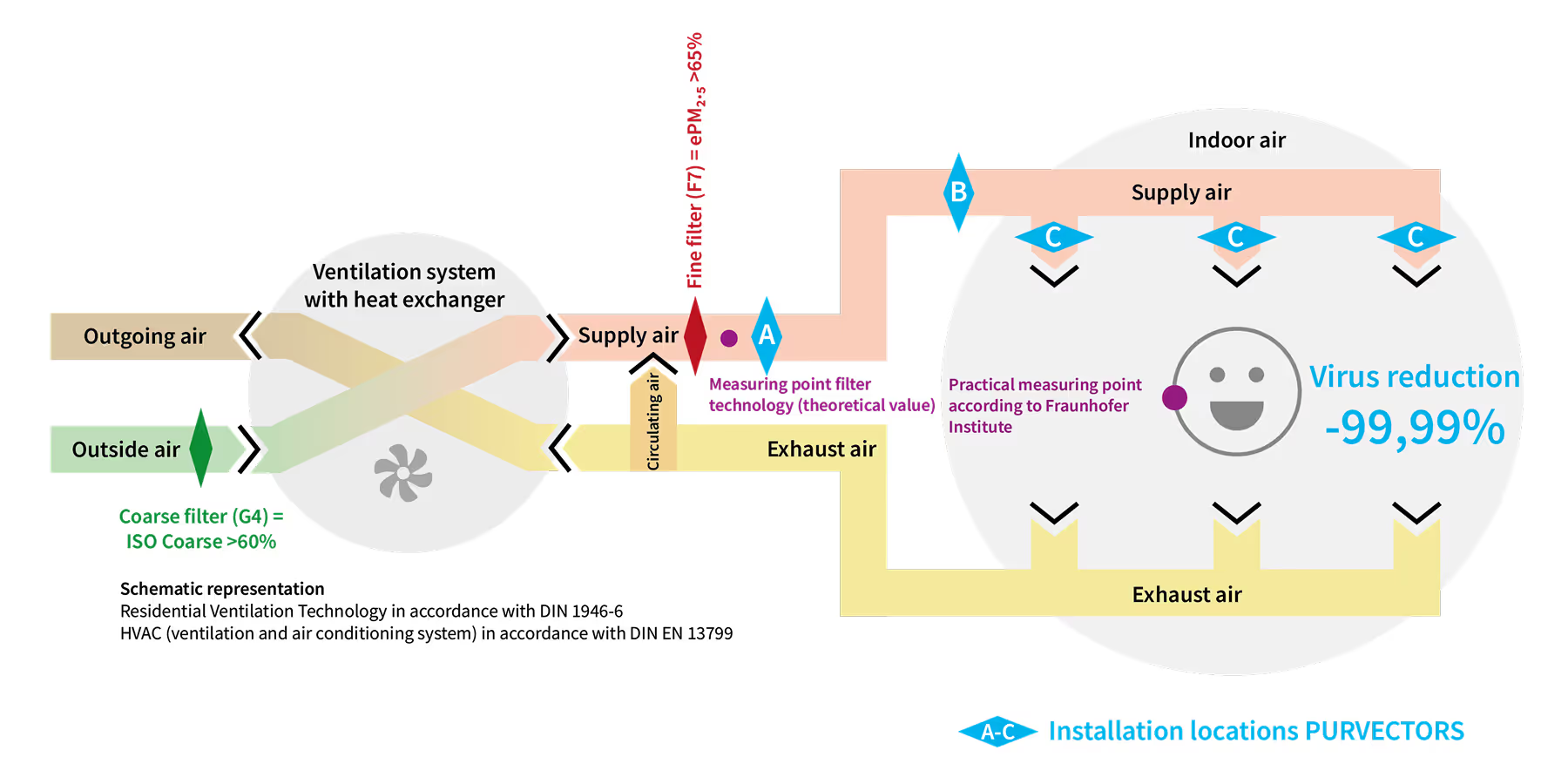
Installation guide
Easy and safe installation in 8 steps
Service and maintenance
Purvectors of type 1, 2 and 3 generally require no service or maintenance work. Occasional cleaning (especially the electrodes) as part of ventilation line cleaning, in particular in terms of fire protection or for example greasy kitchen cables, is recommended. No installation in EX zones or with explosive gases; special applications only with written consent.
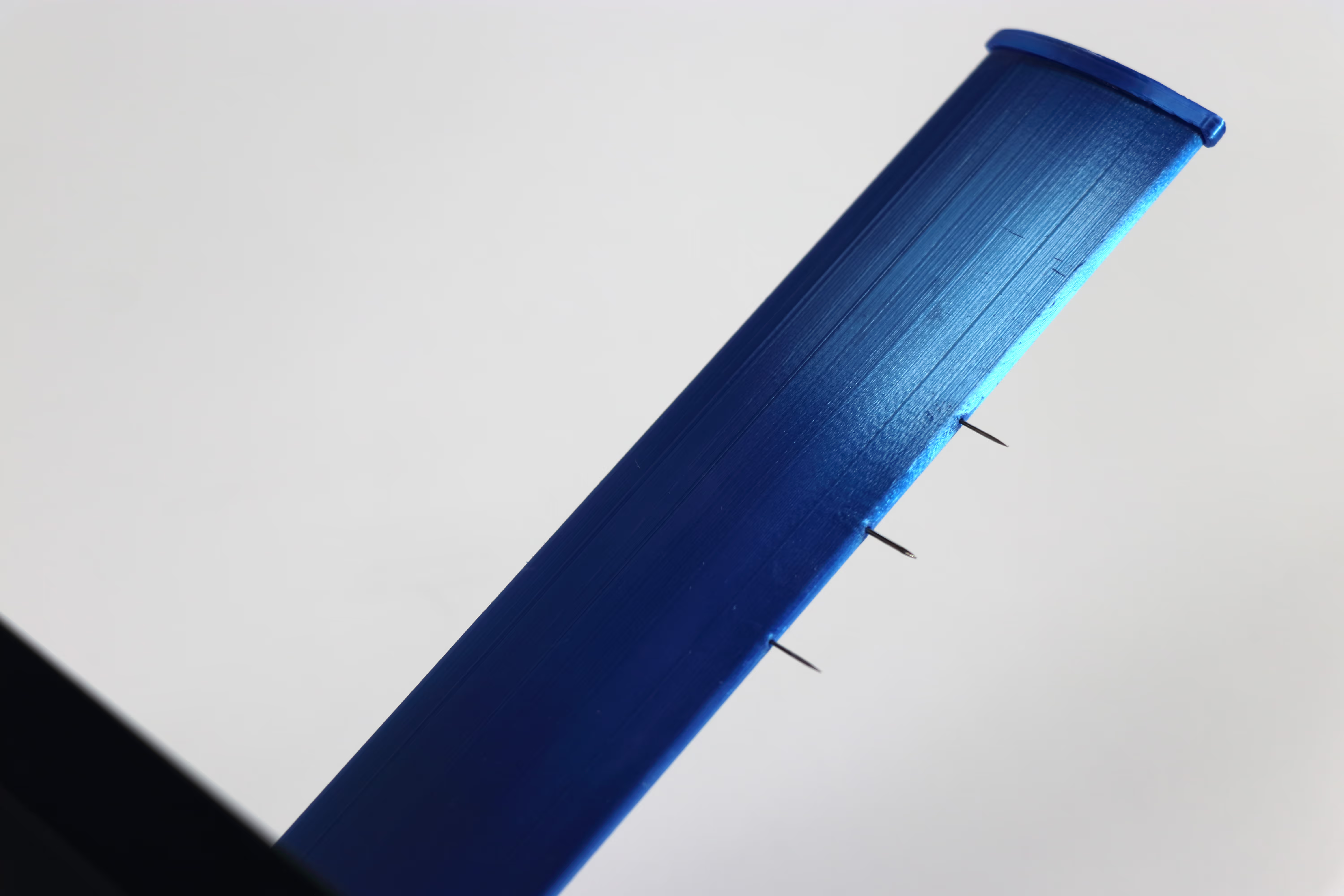

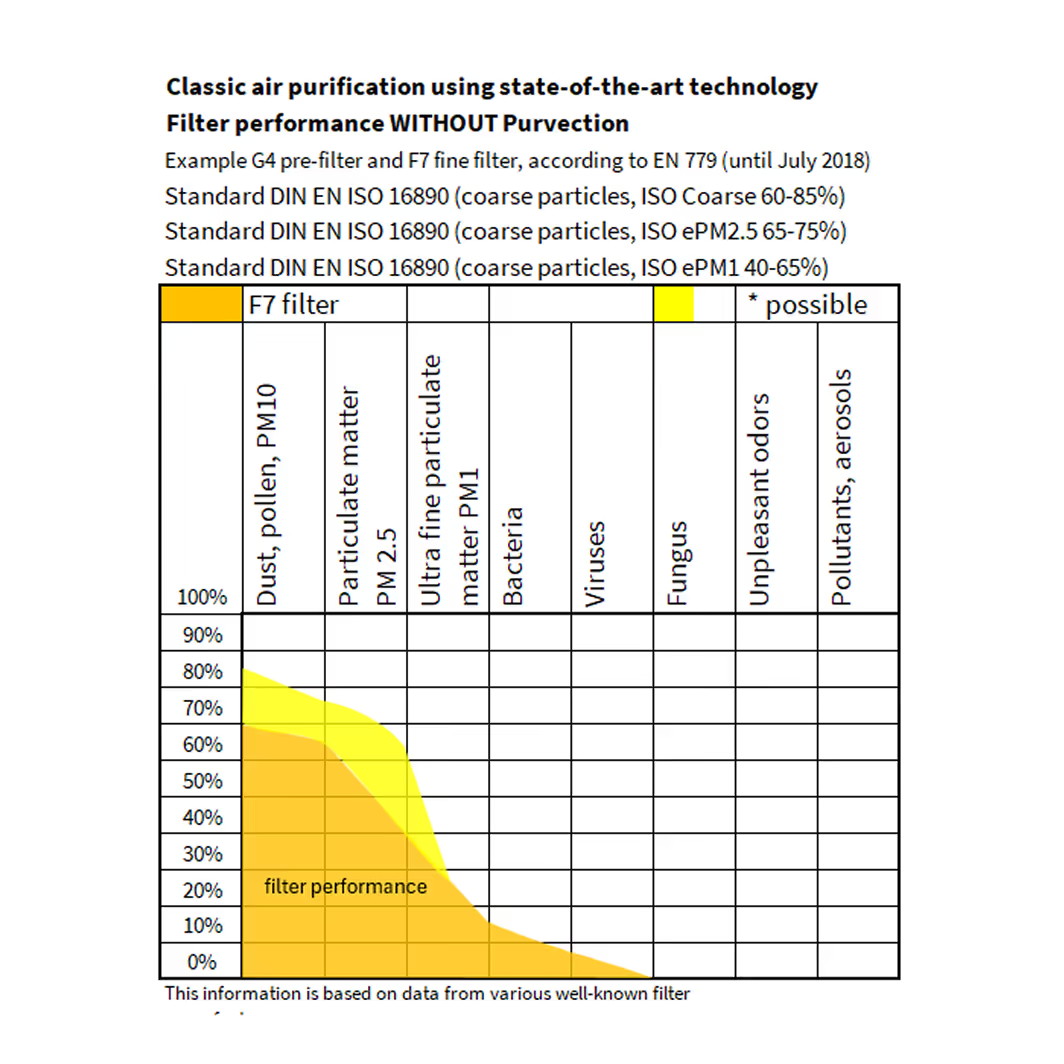
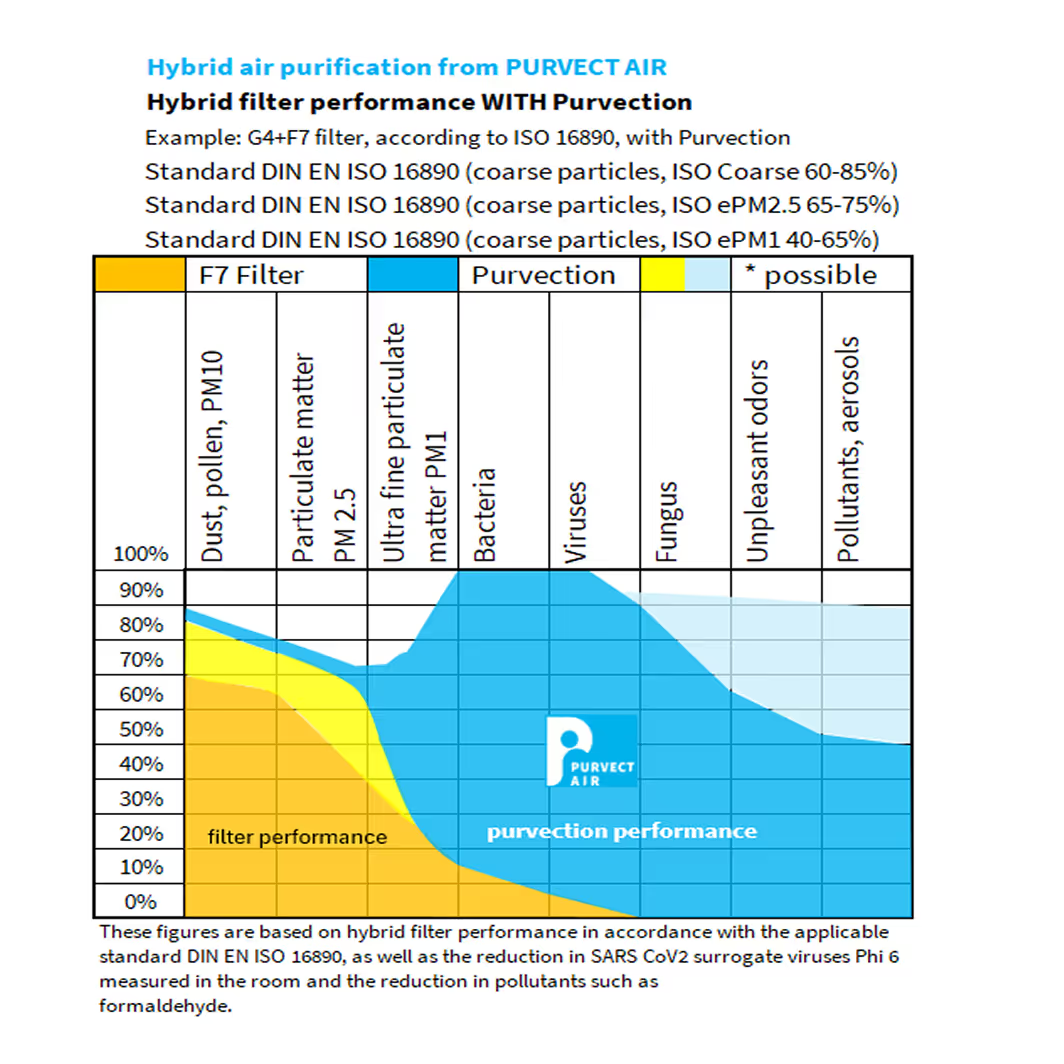




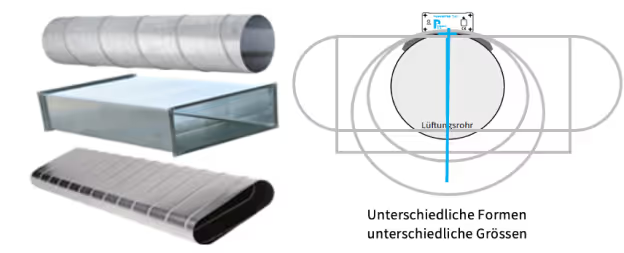

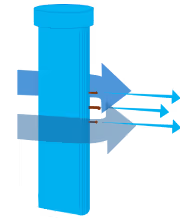
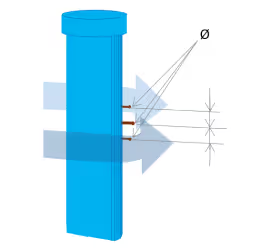
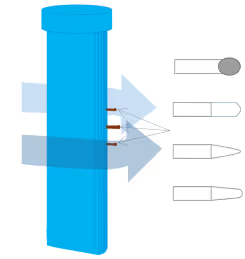
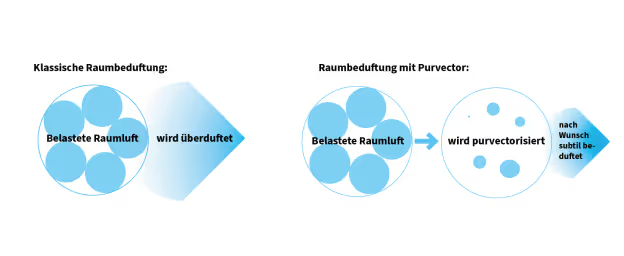




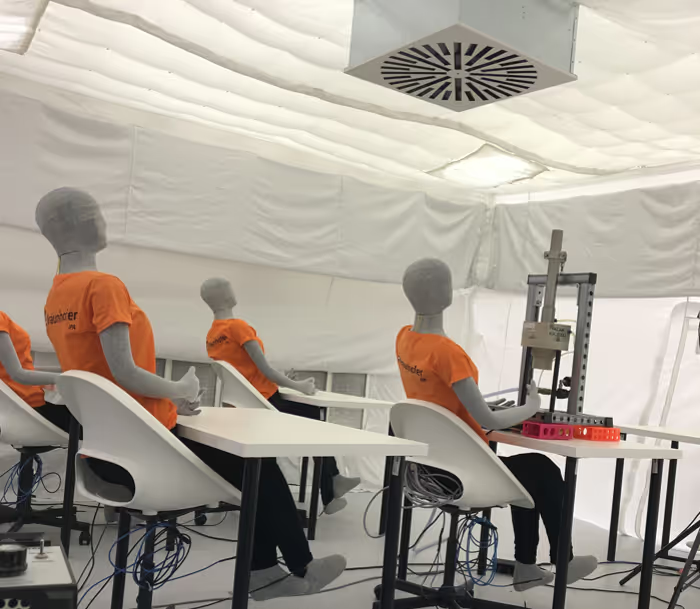
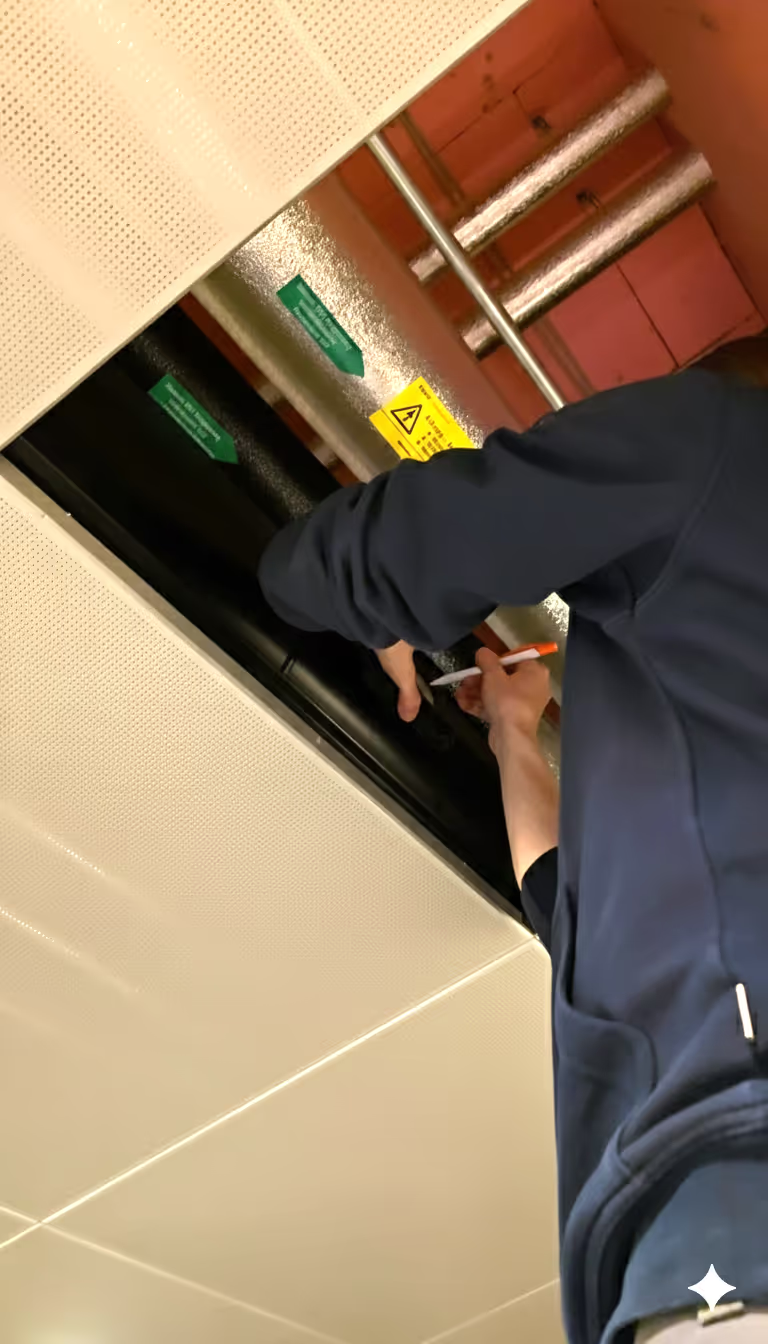
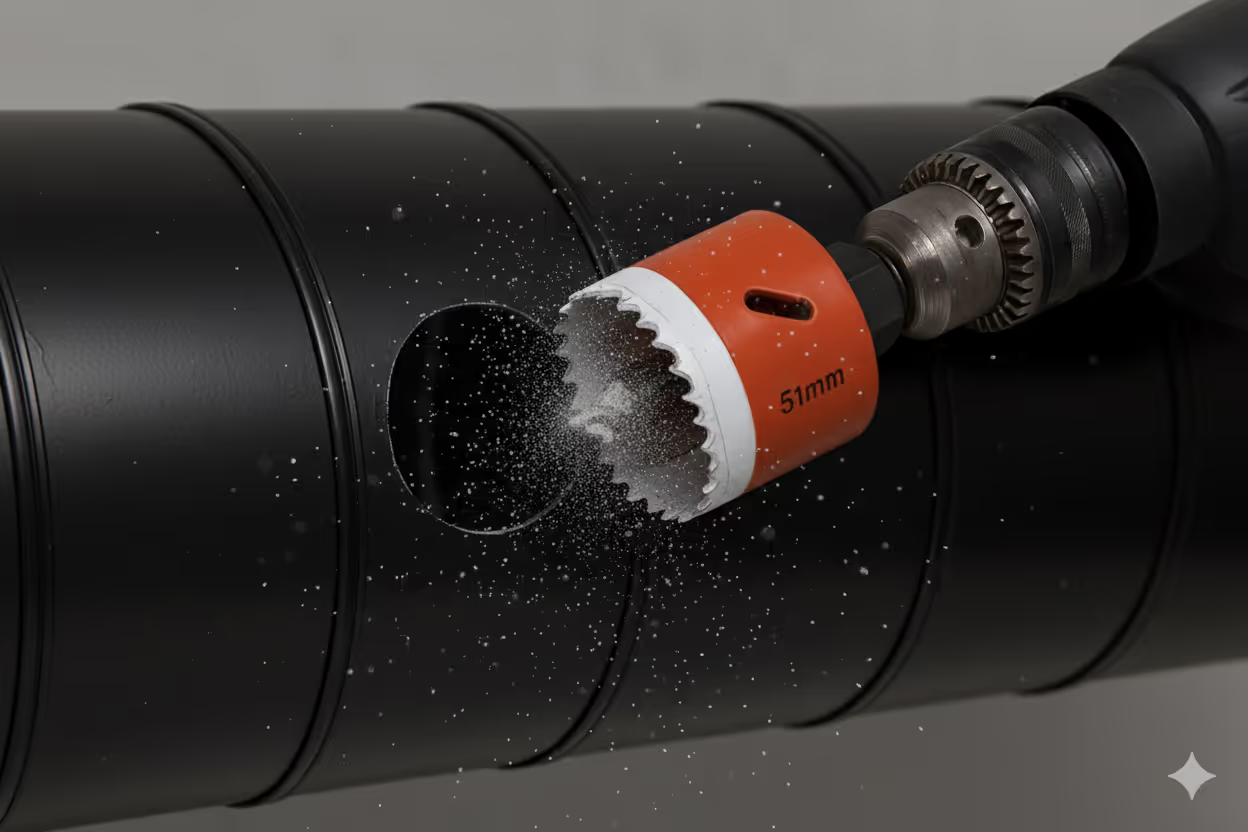
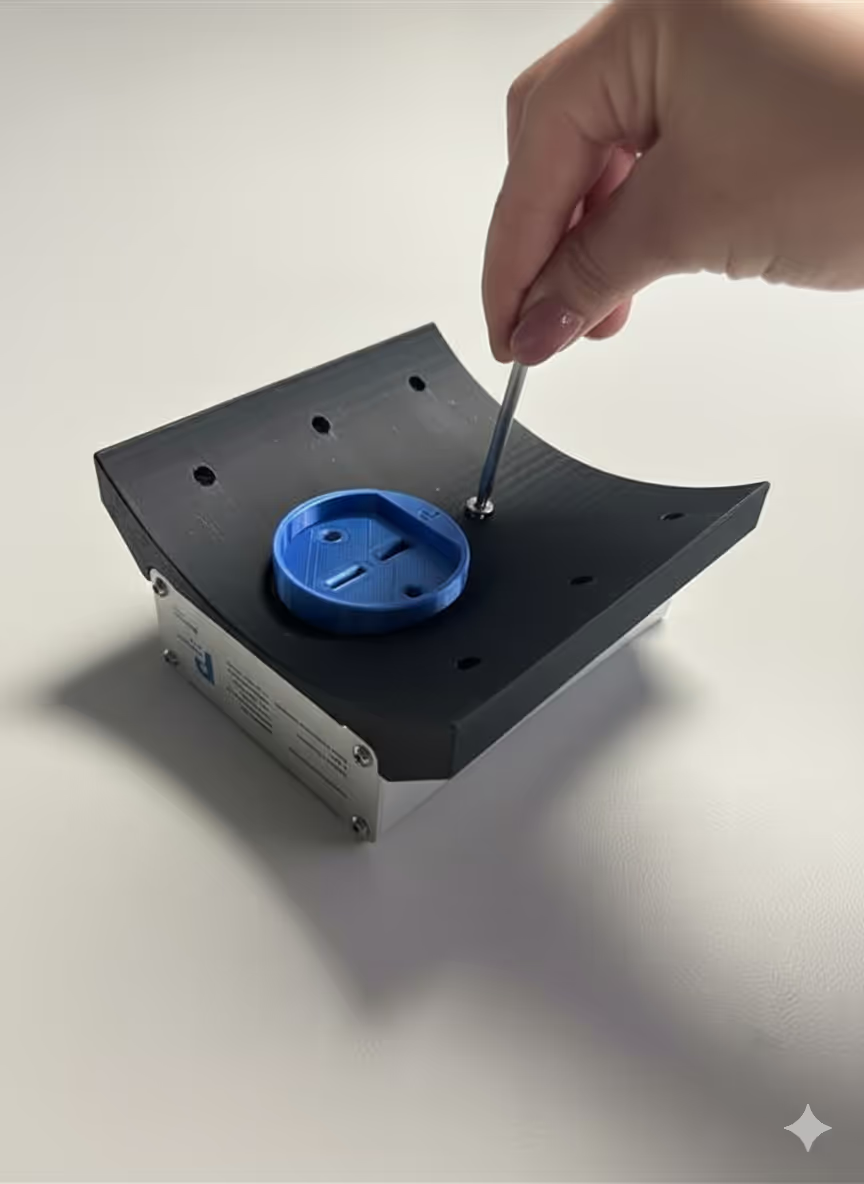
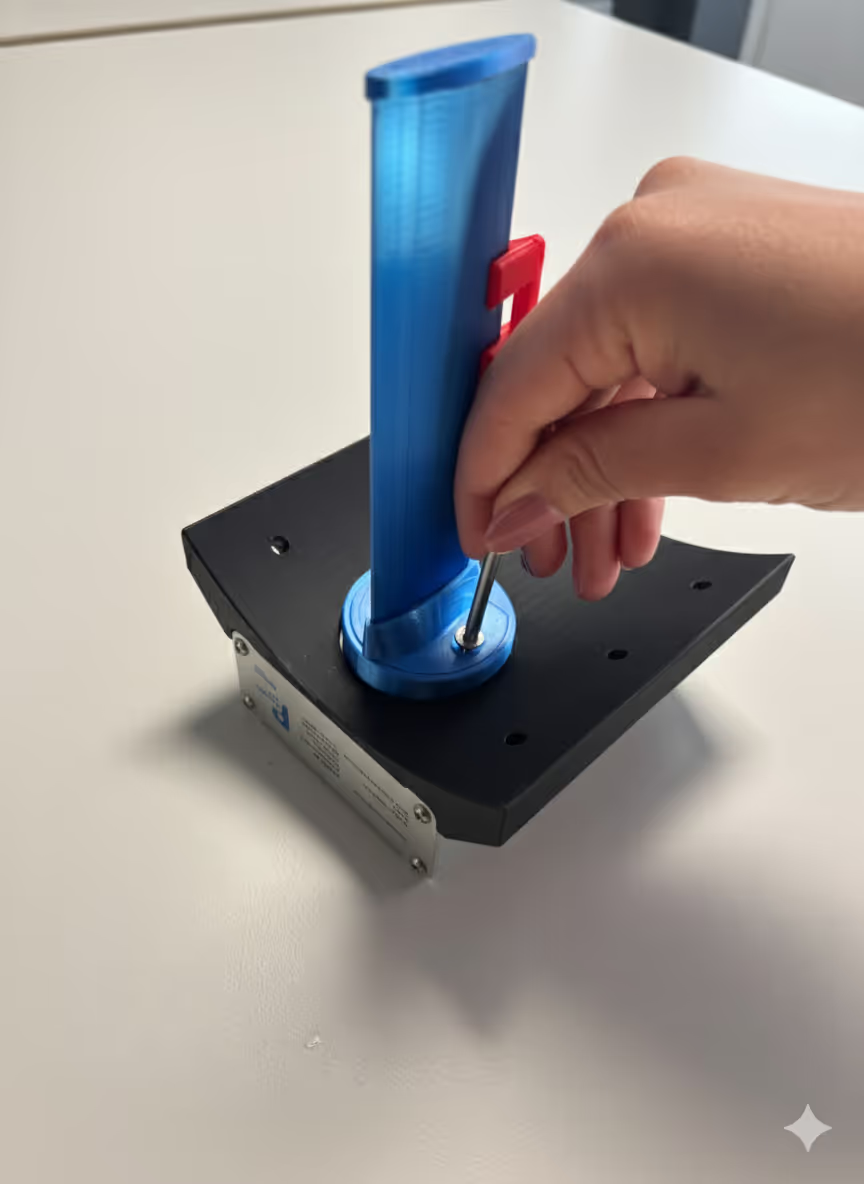
-min.avif)
.avif)
.avif)


